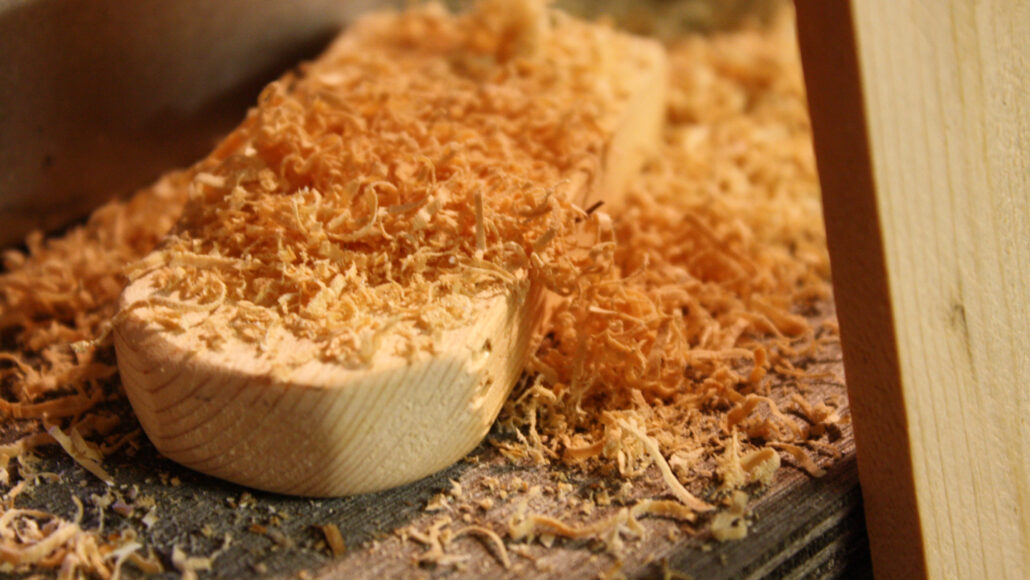Questions for ‘A disinfectant made from sawdust knocks out deadly microbes’

Some disinfectants rely on a chemical called phenol or similar compounds to kill germs. Sawdust waste may provide a greener source of these substances.
jypsygen/flickr (CC BY-NC-ND 2.0)